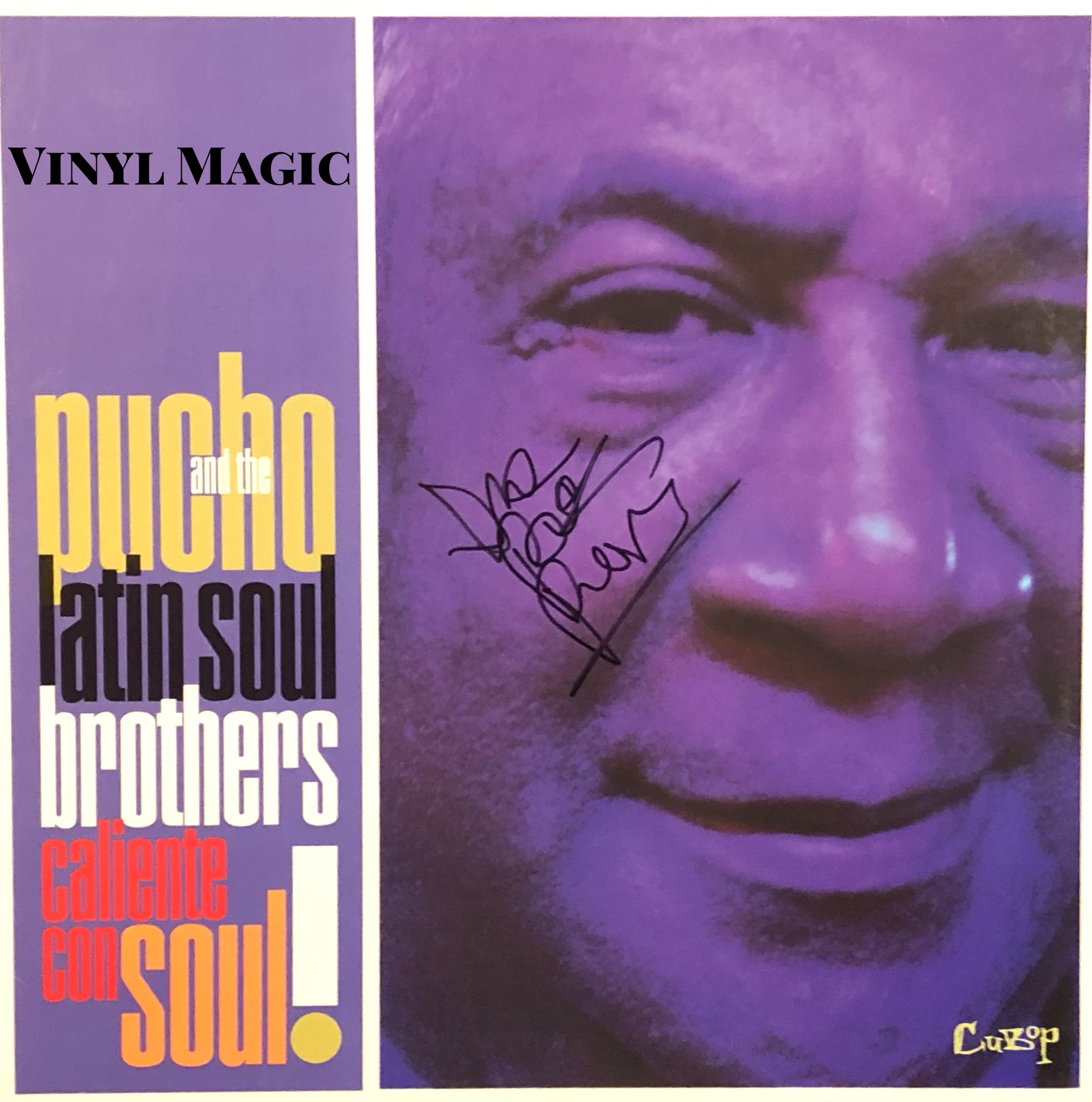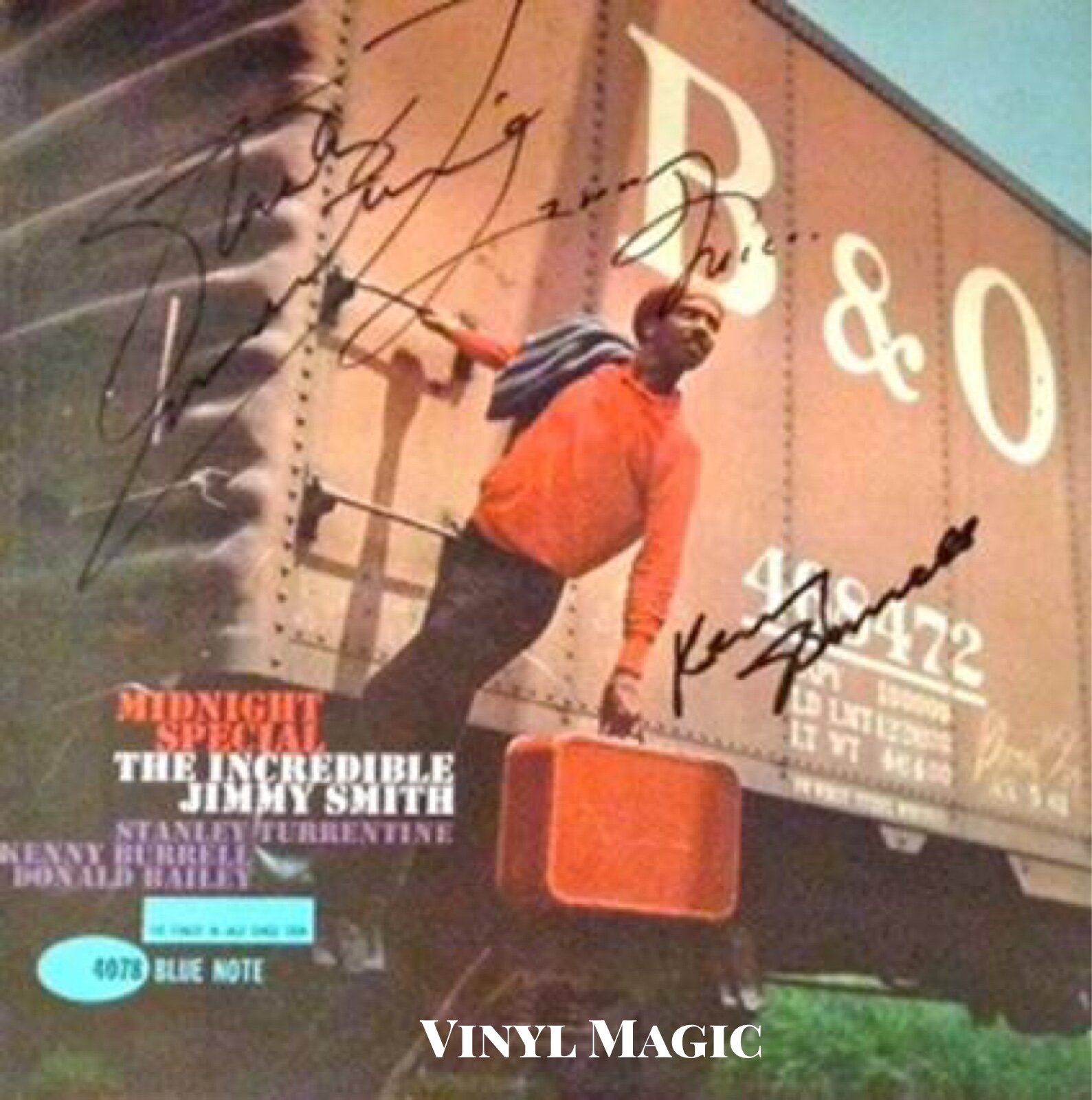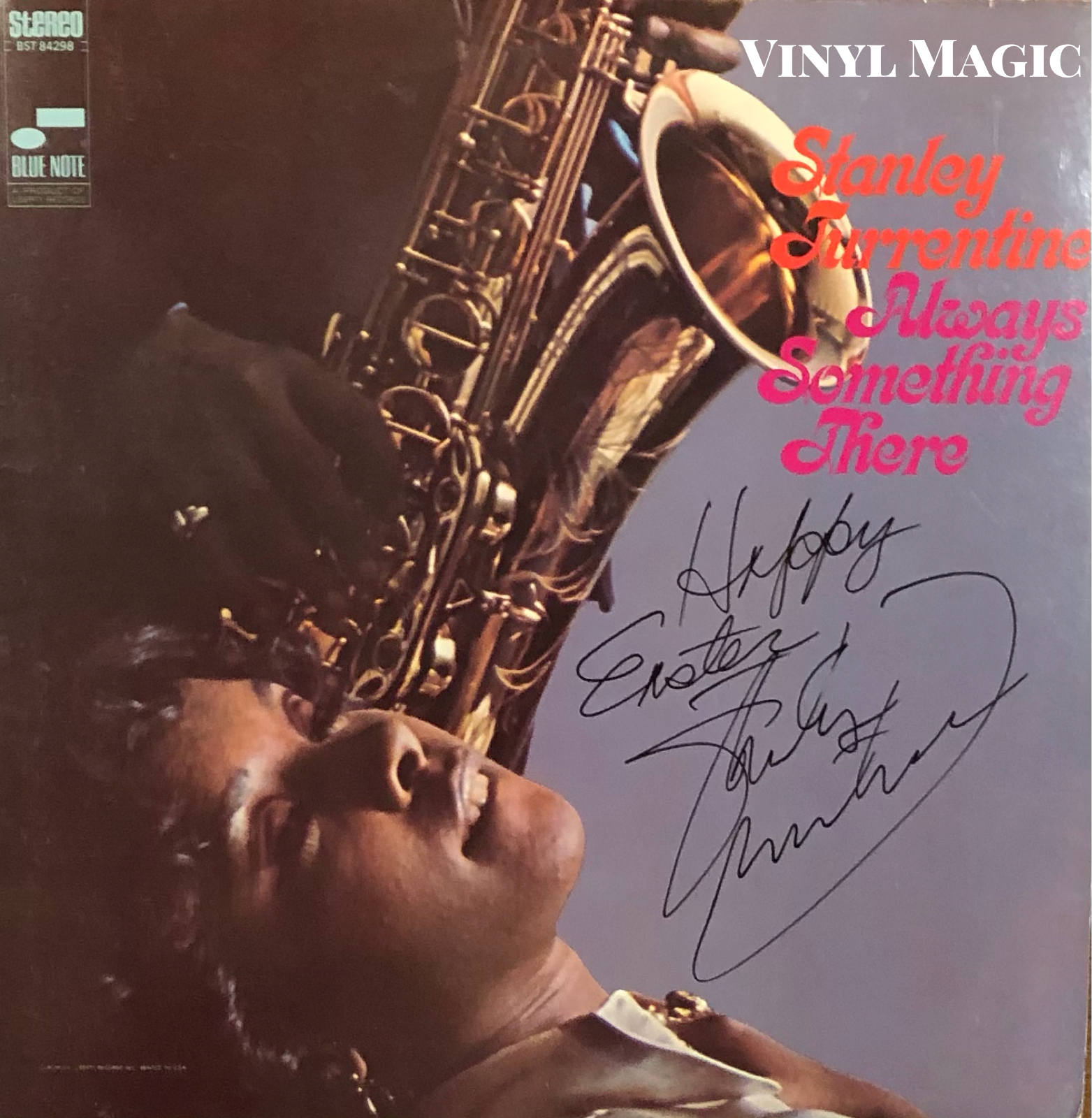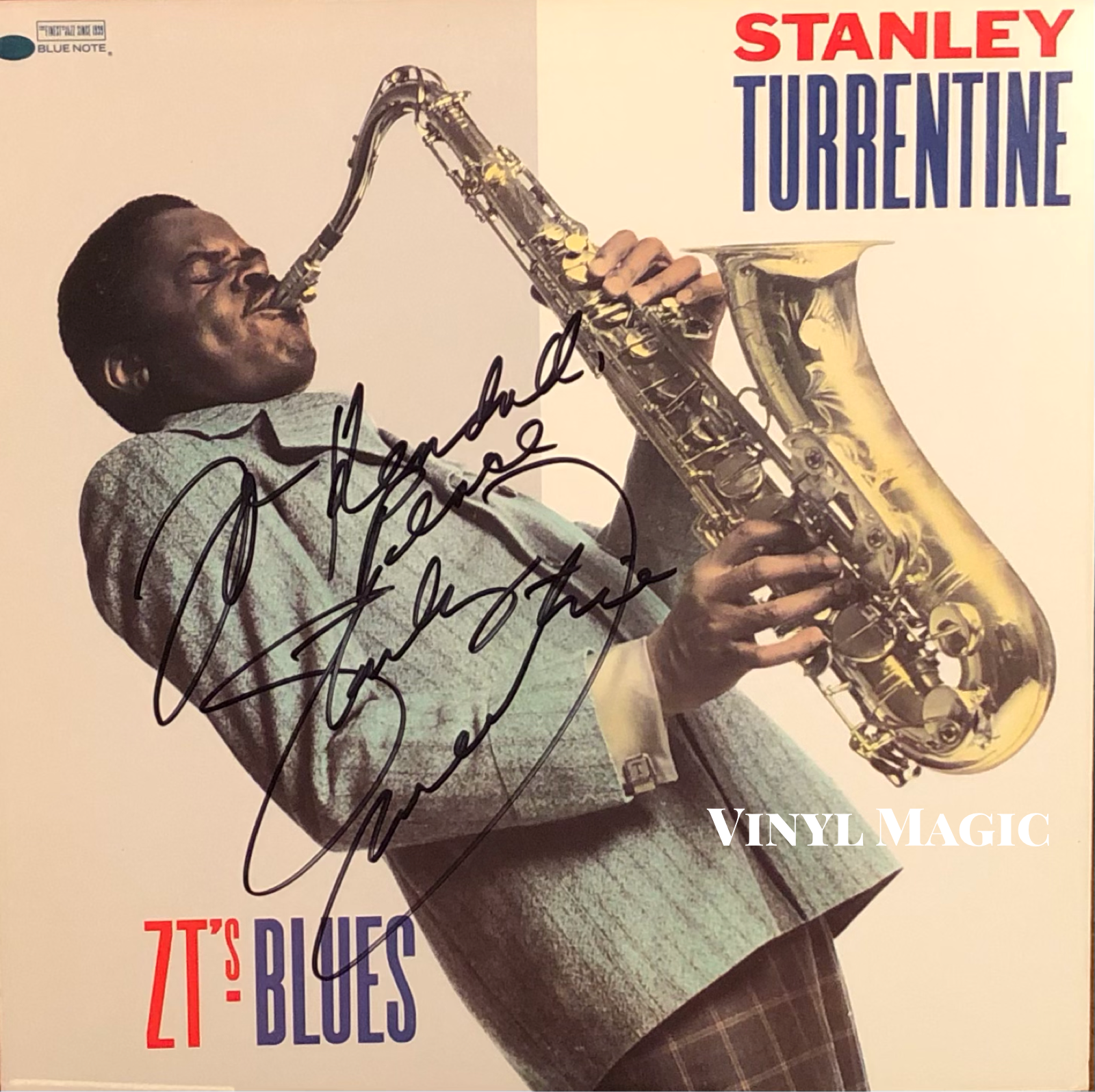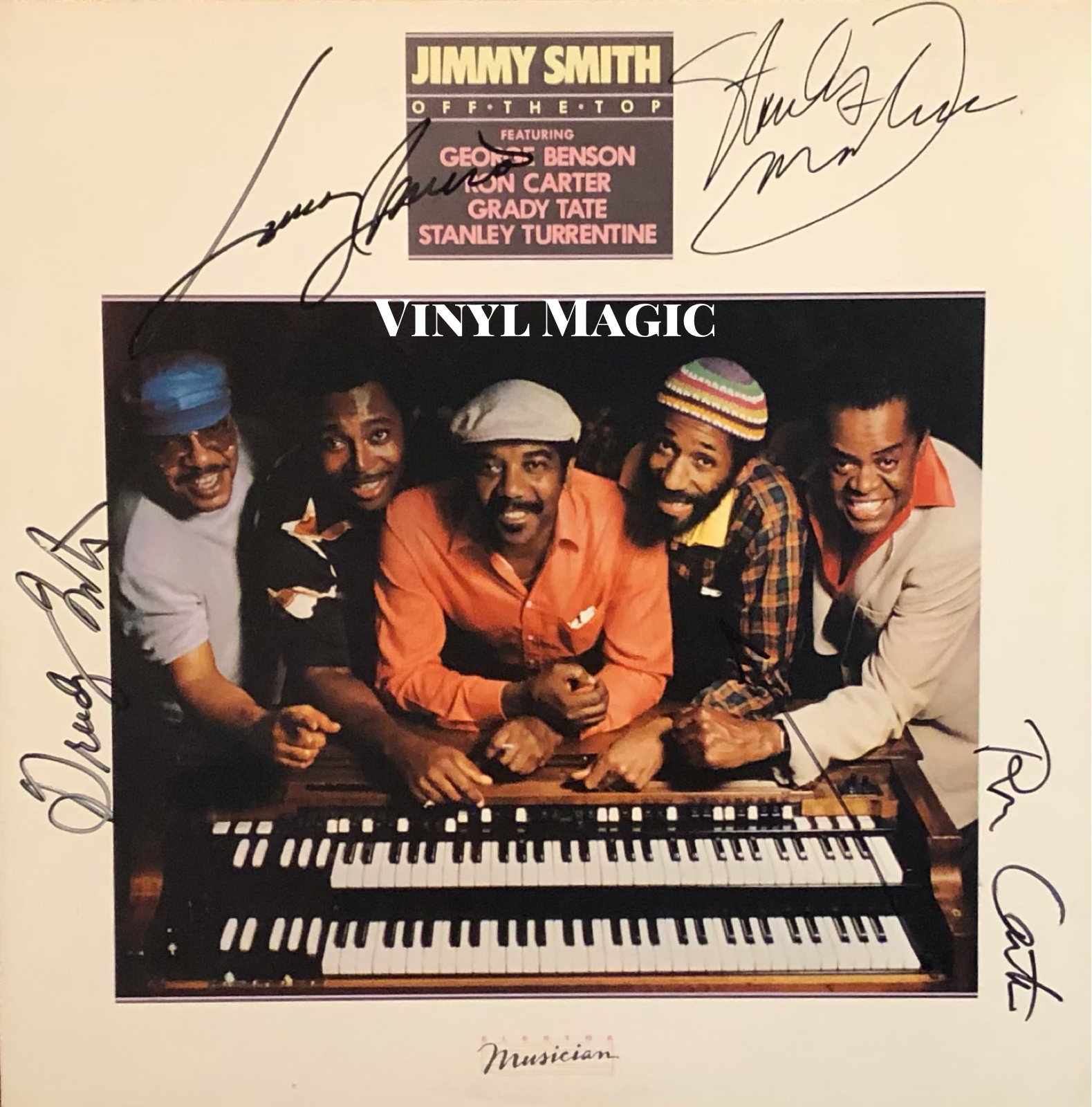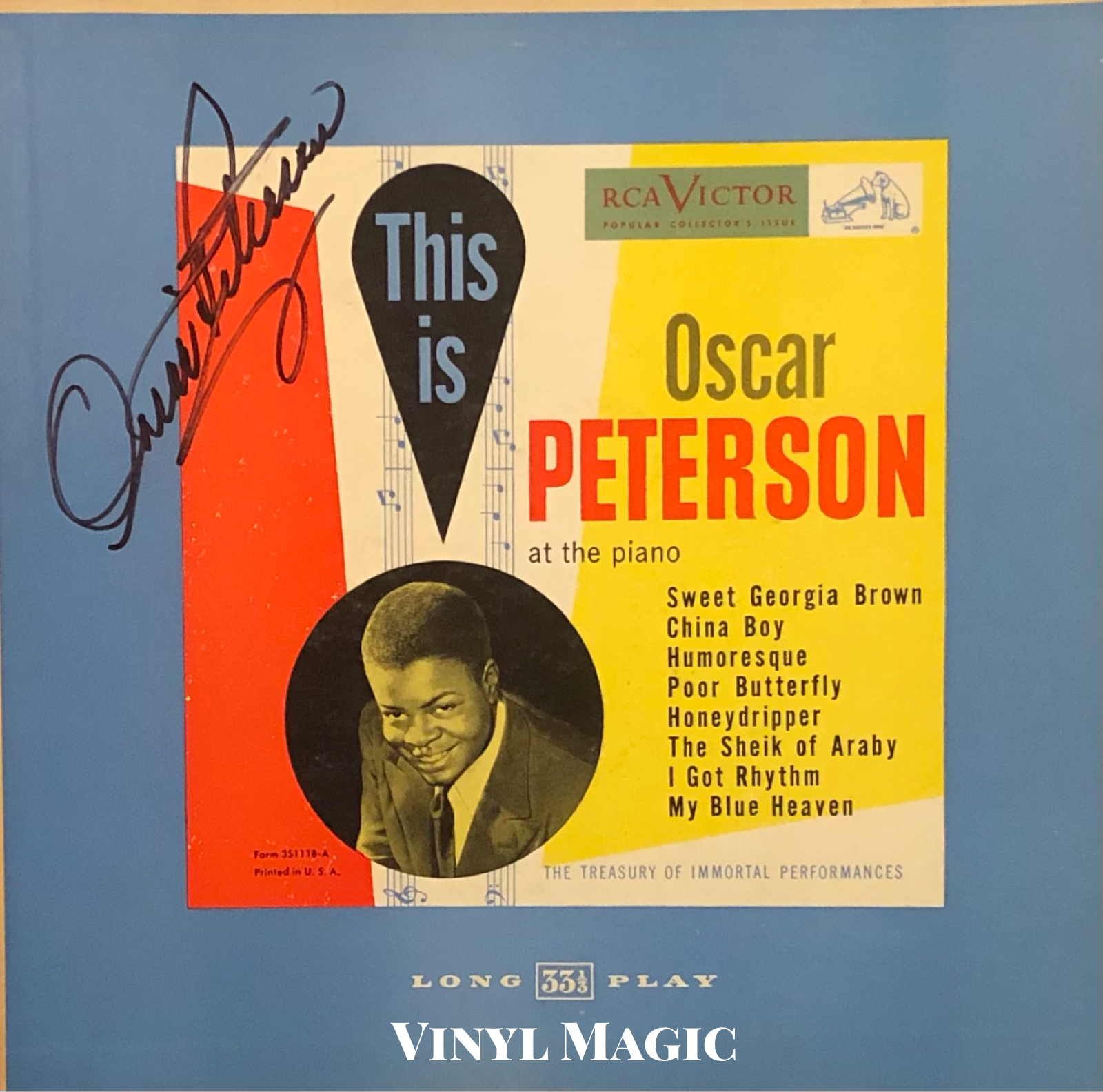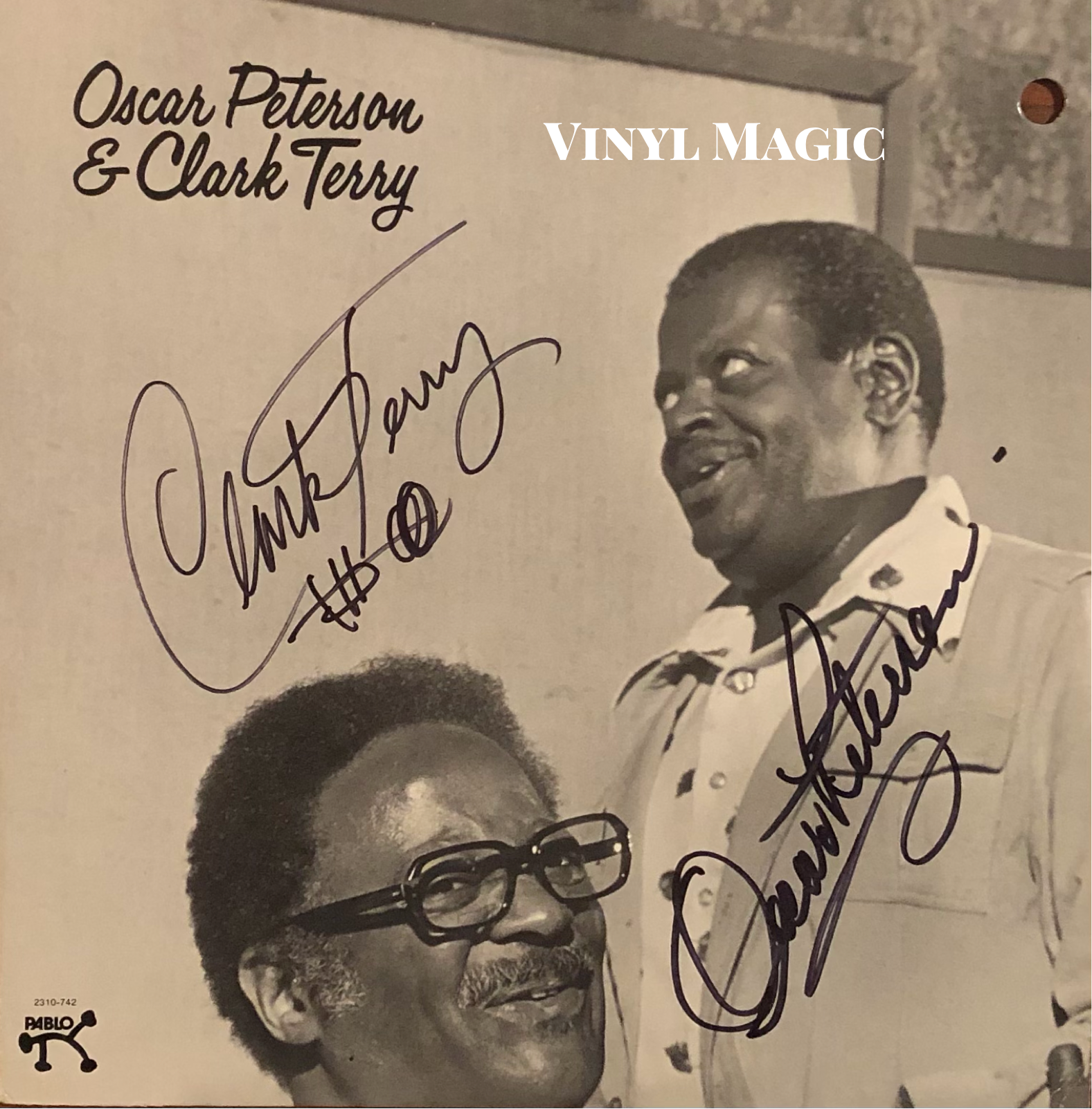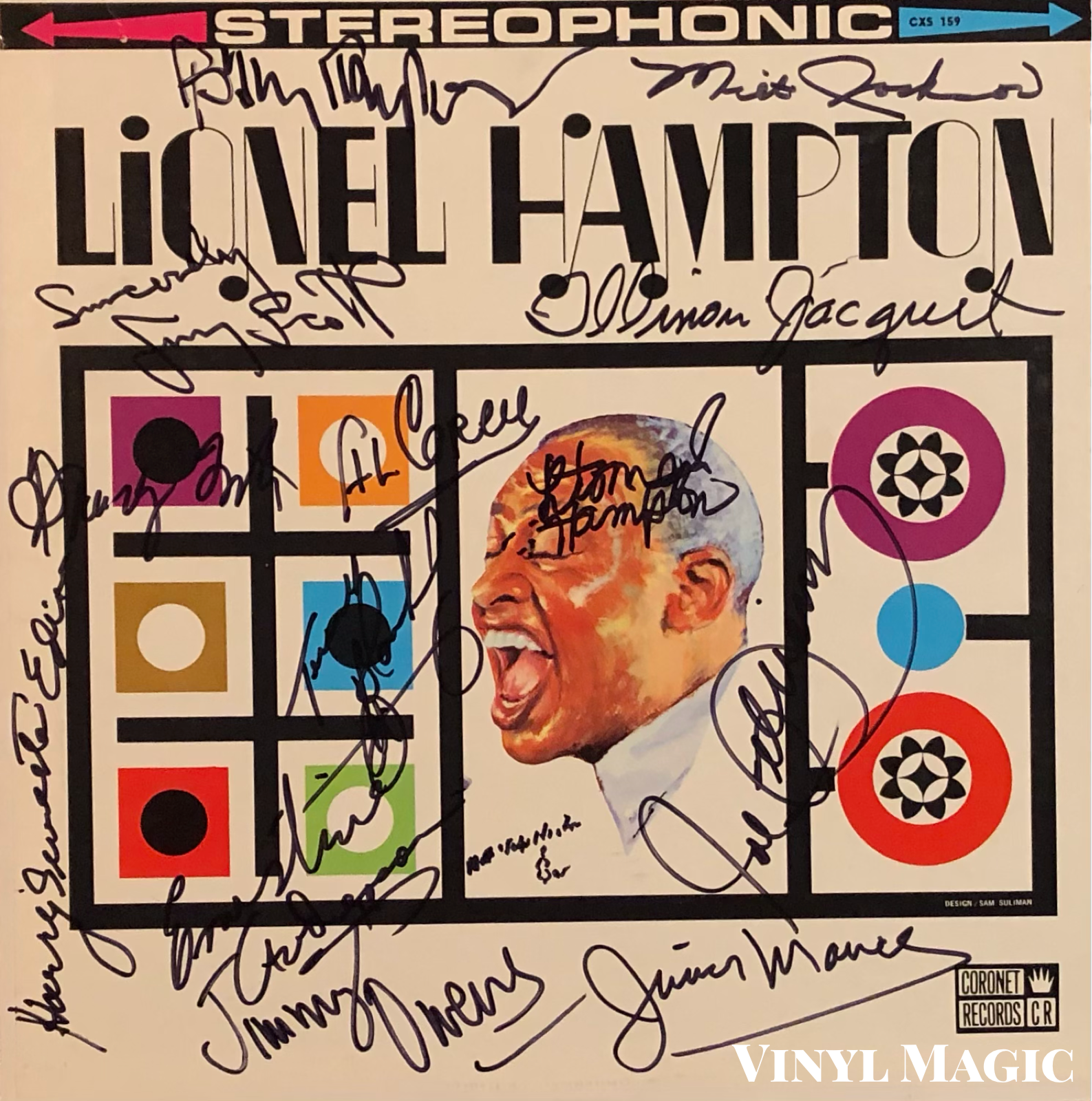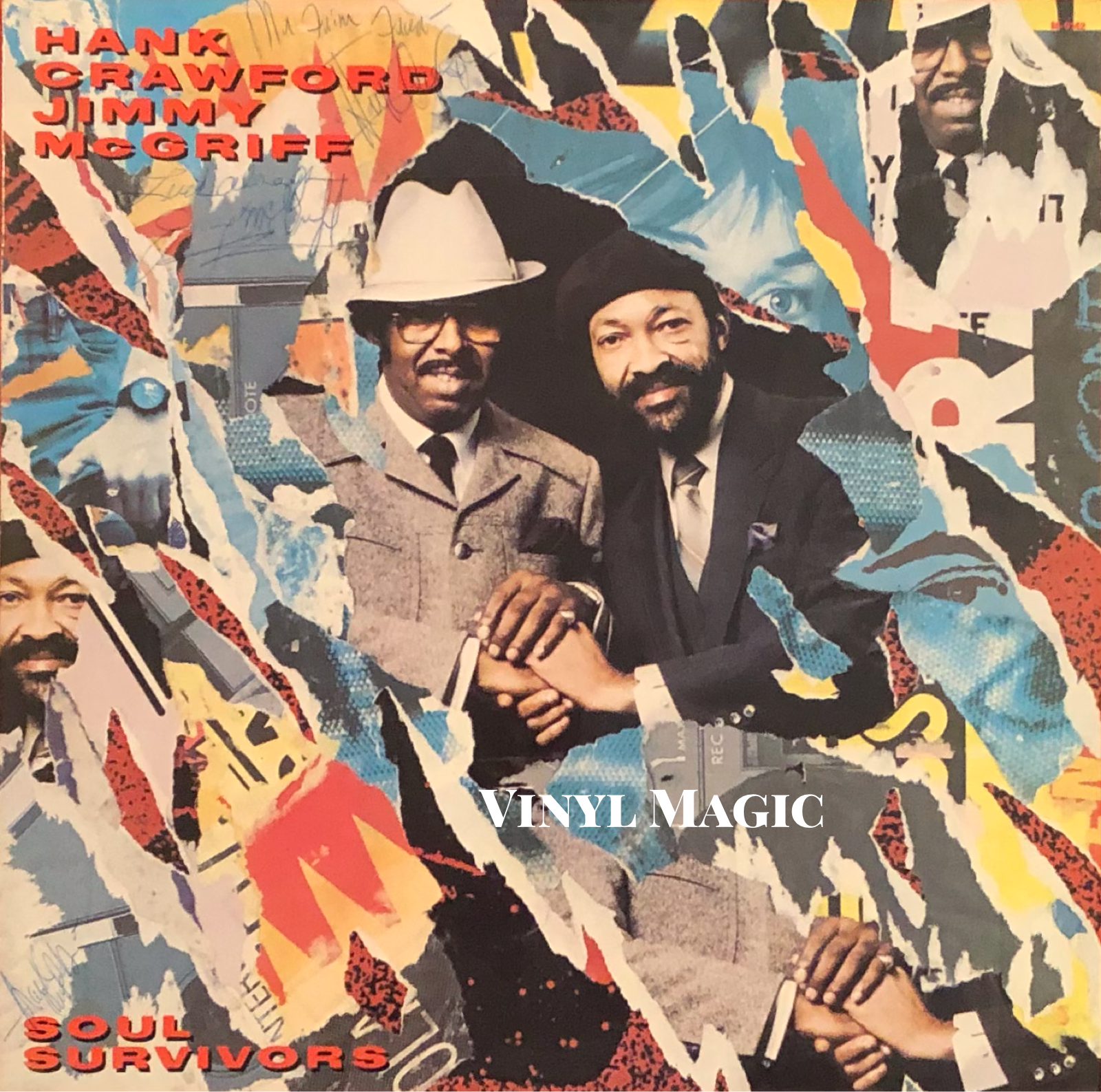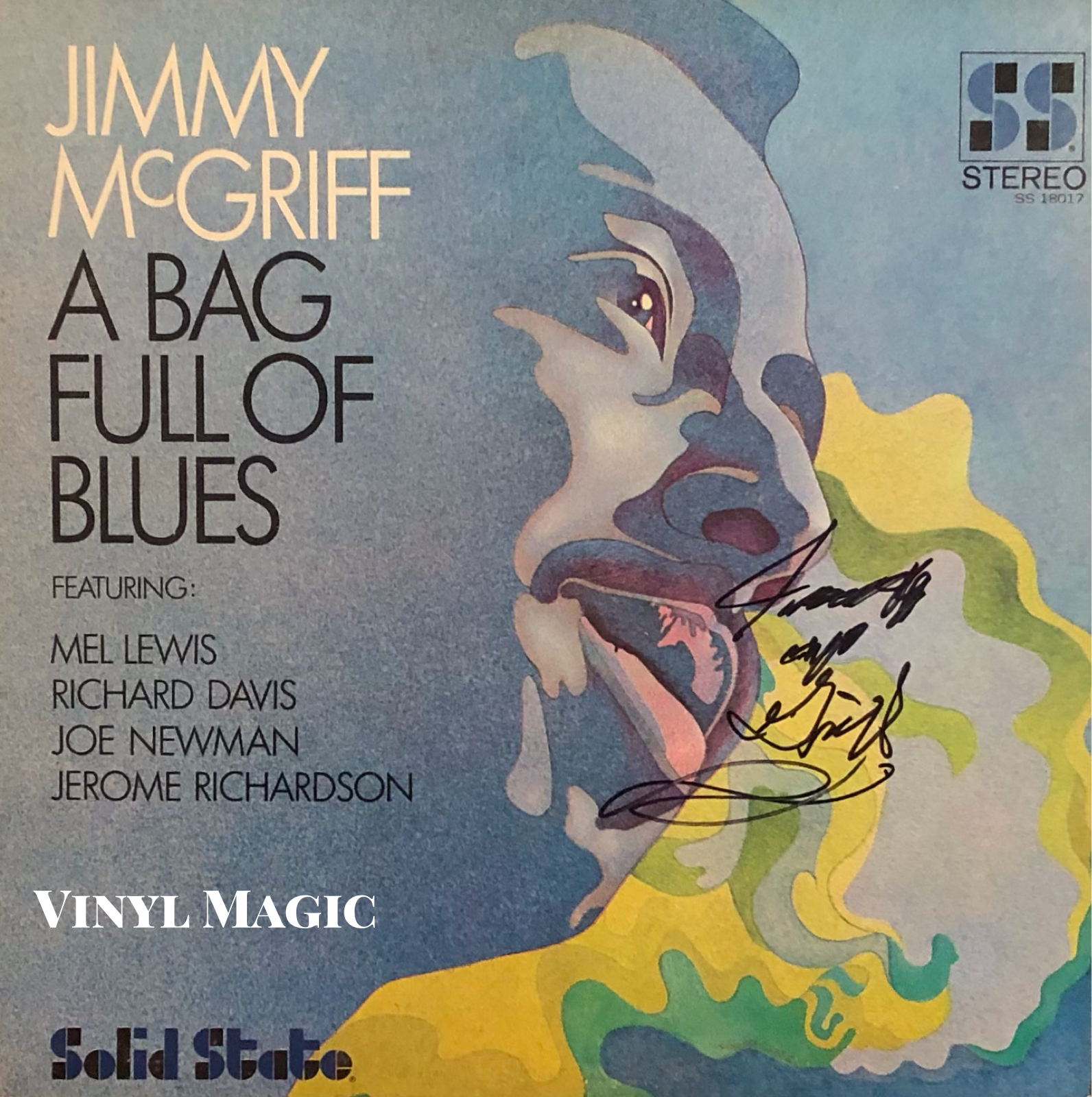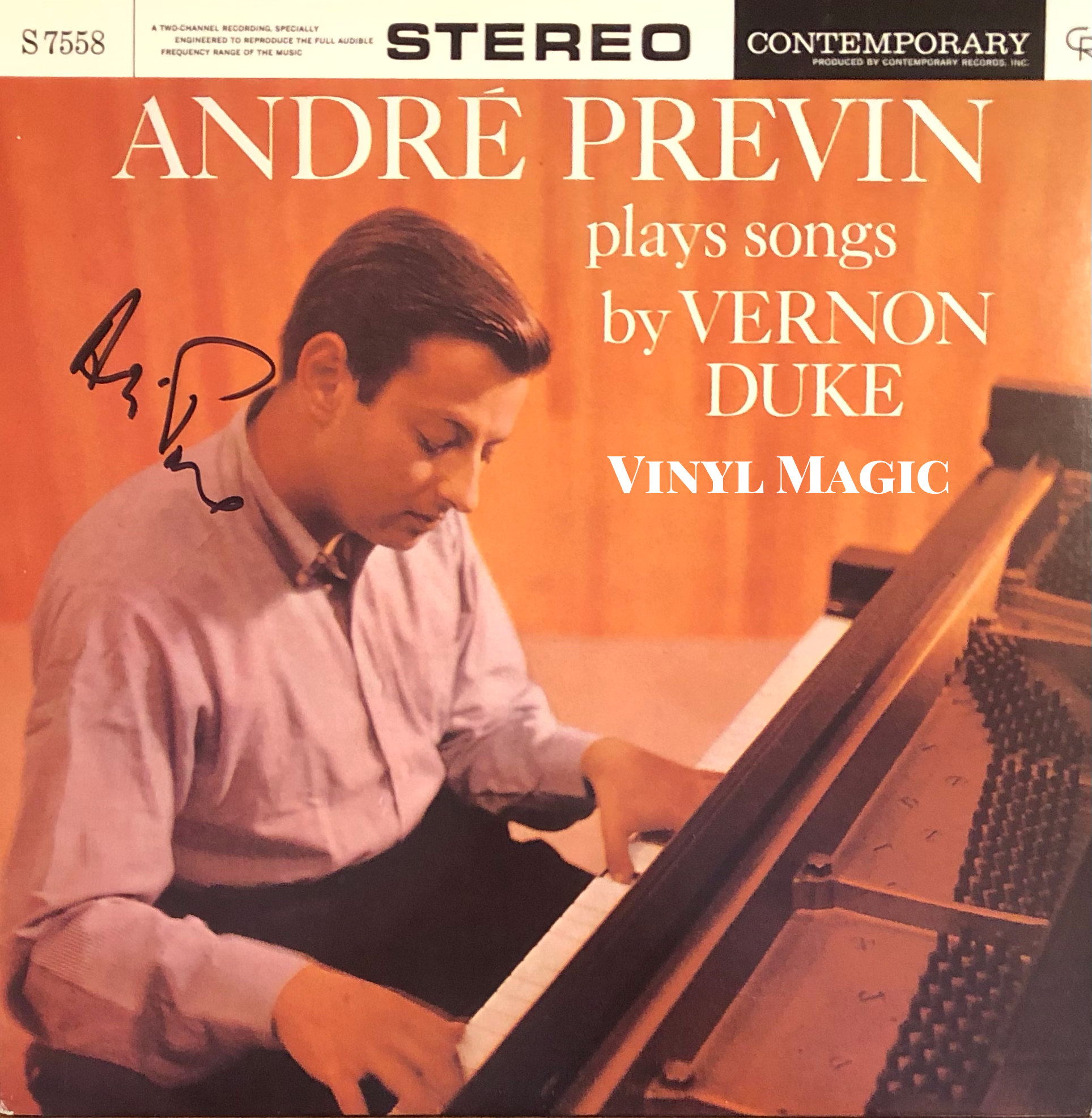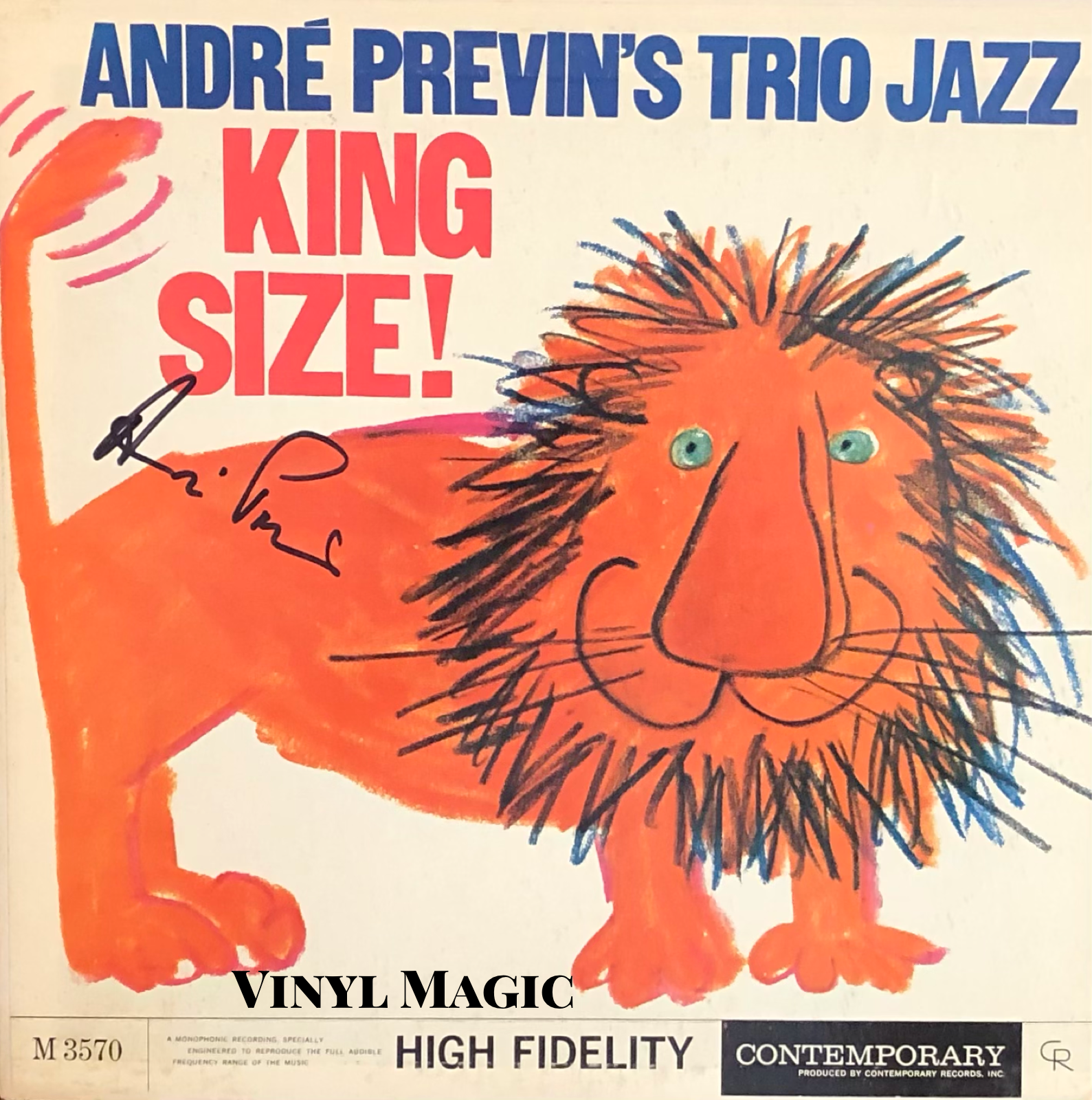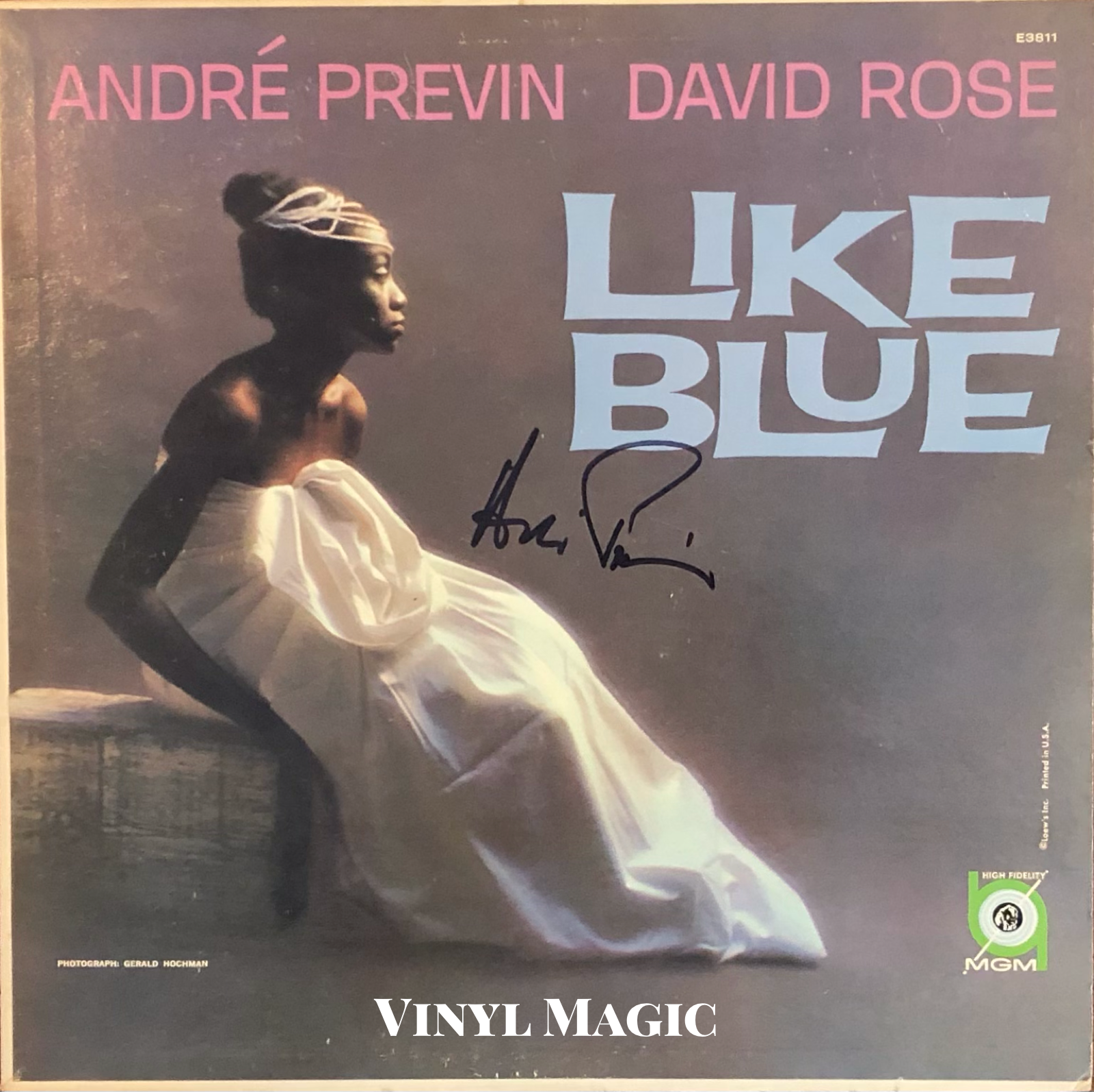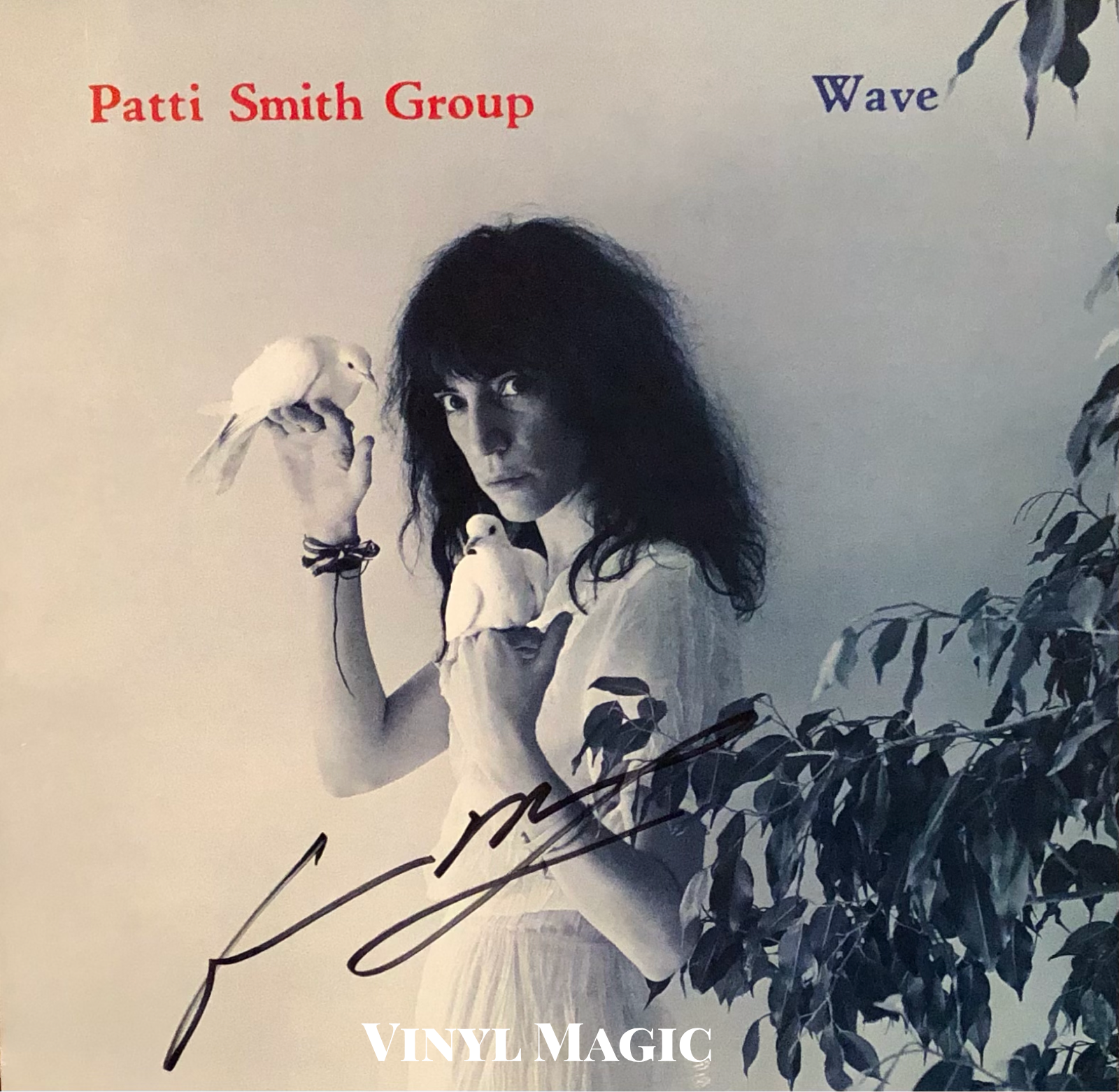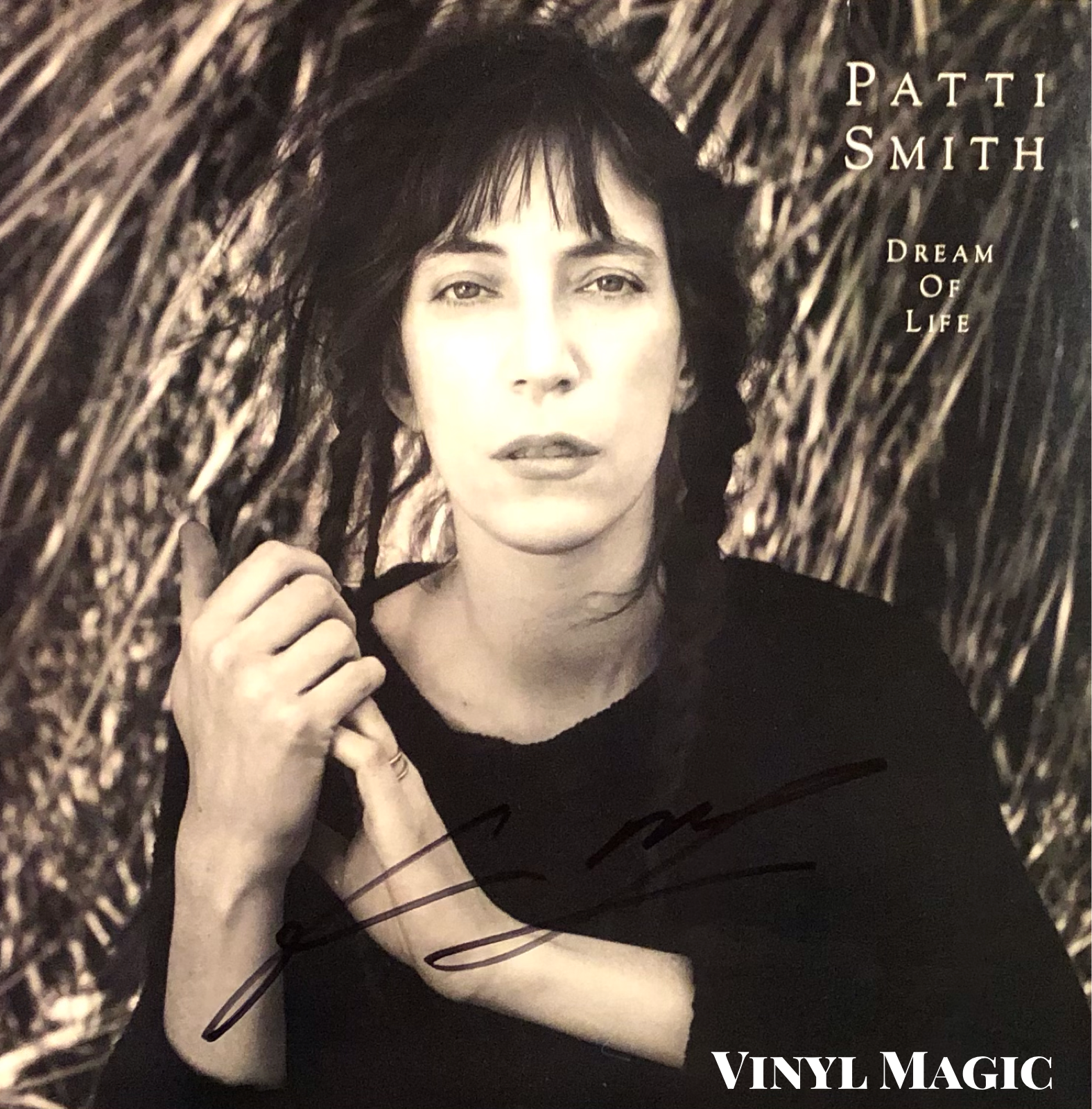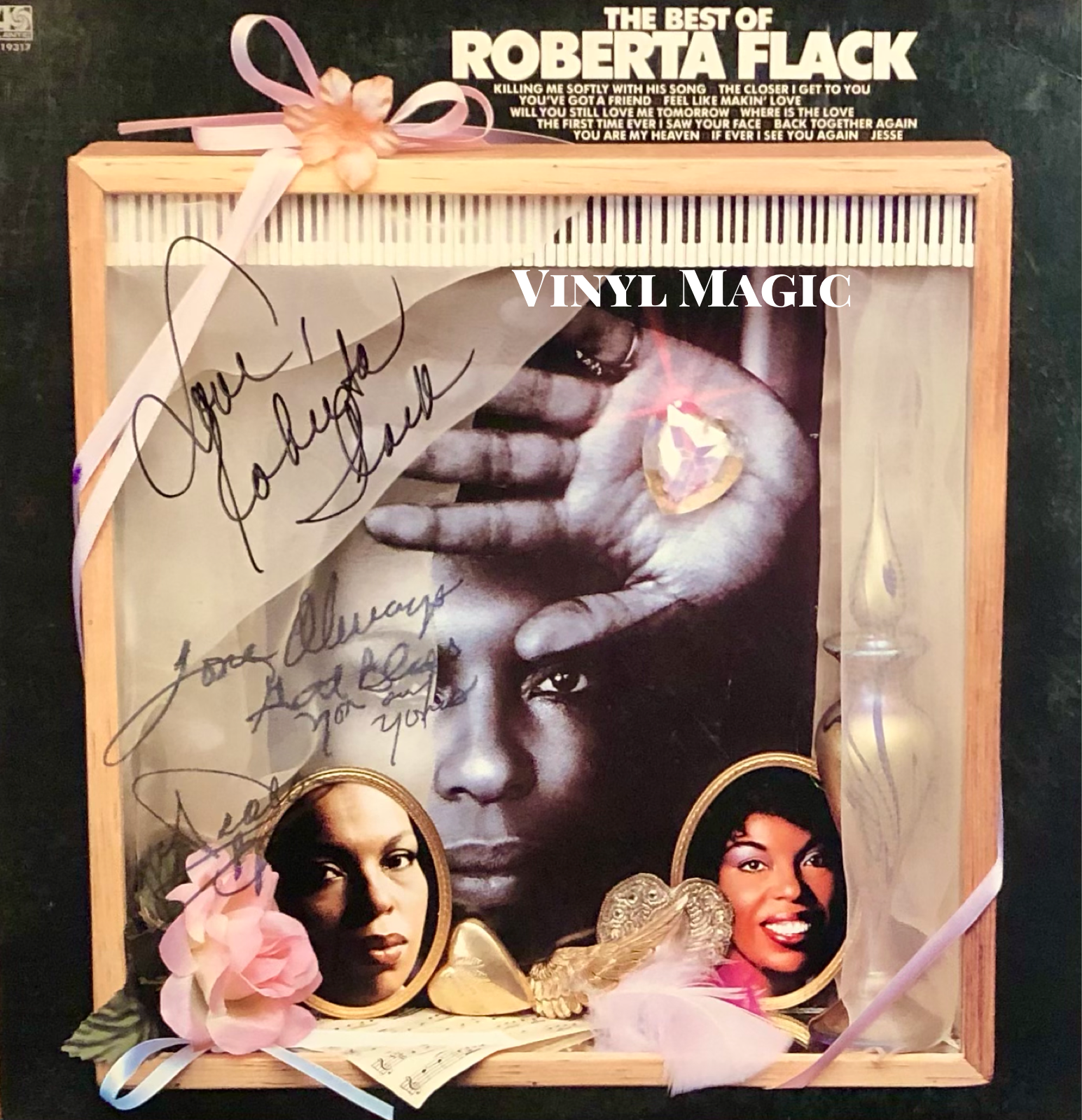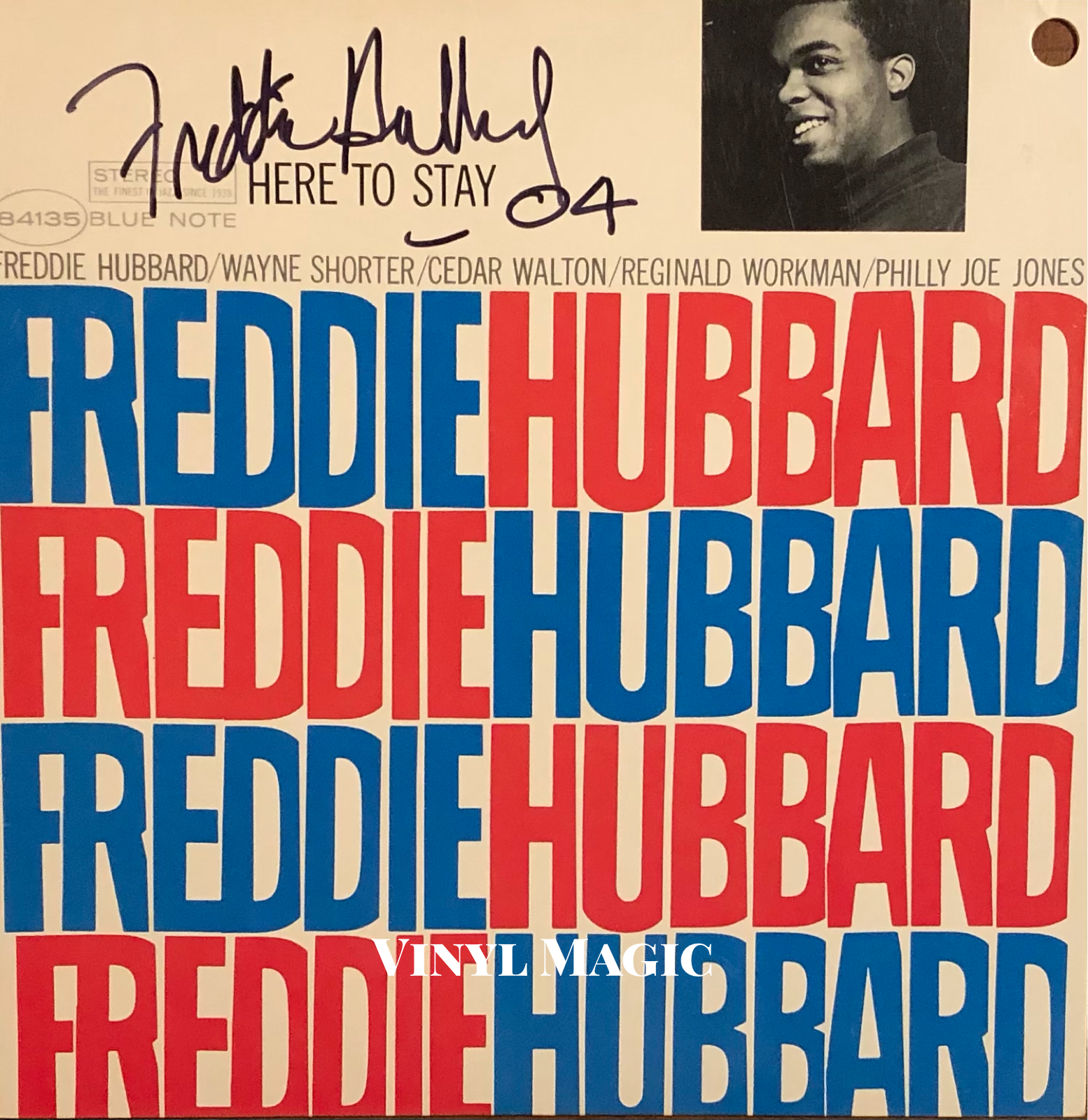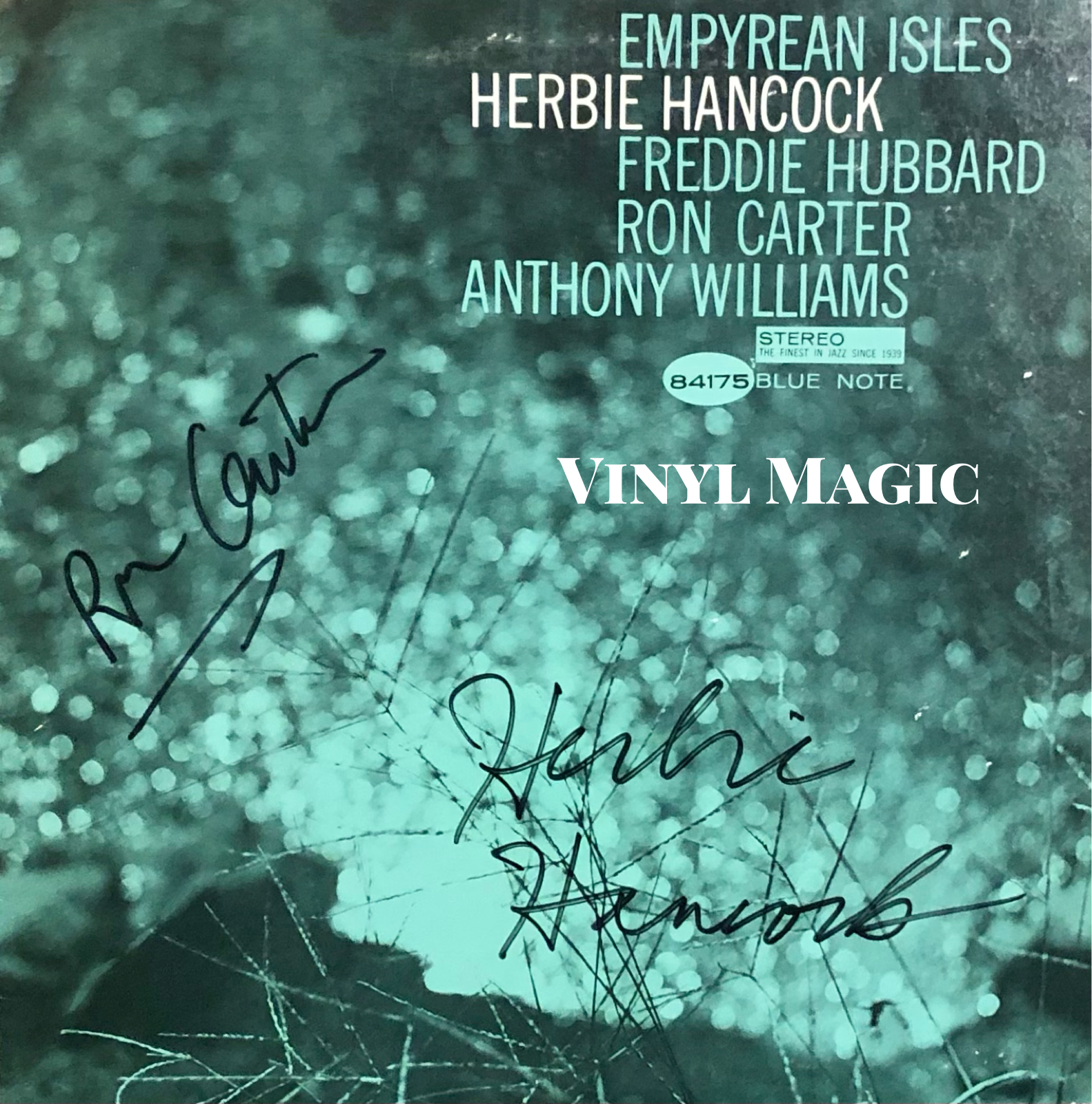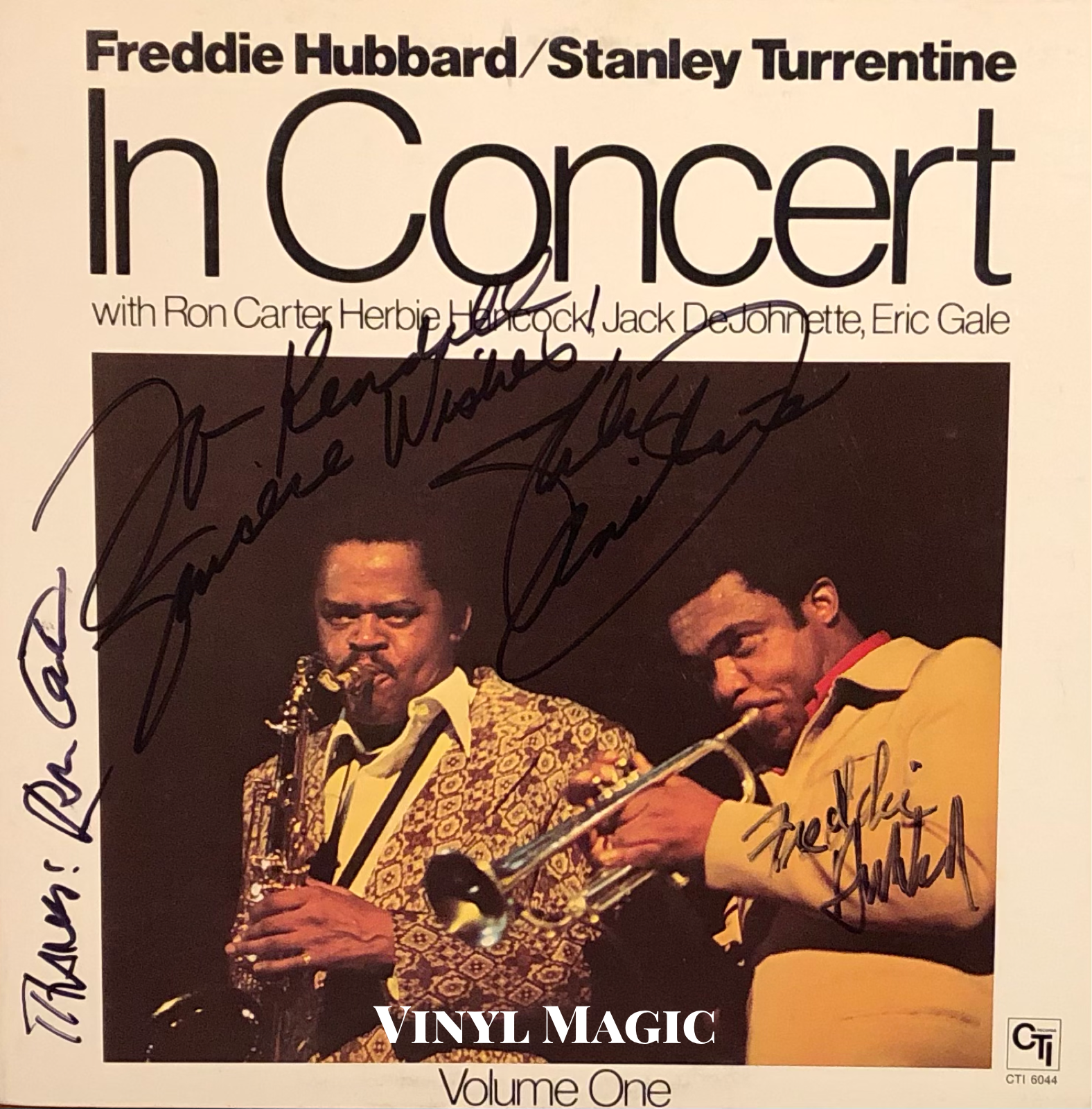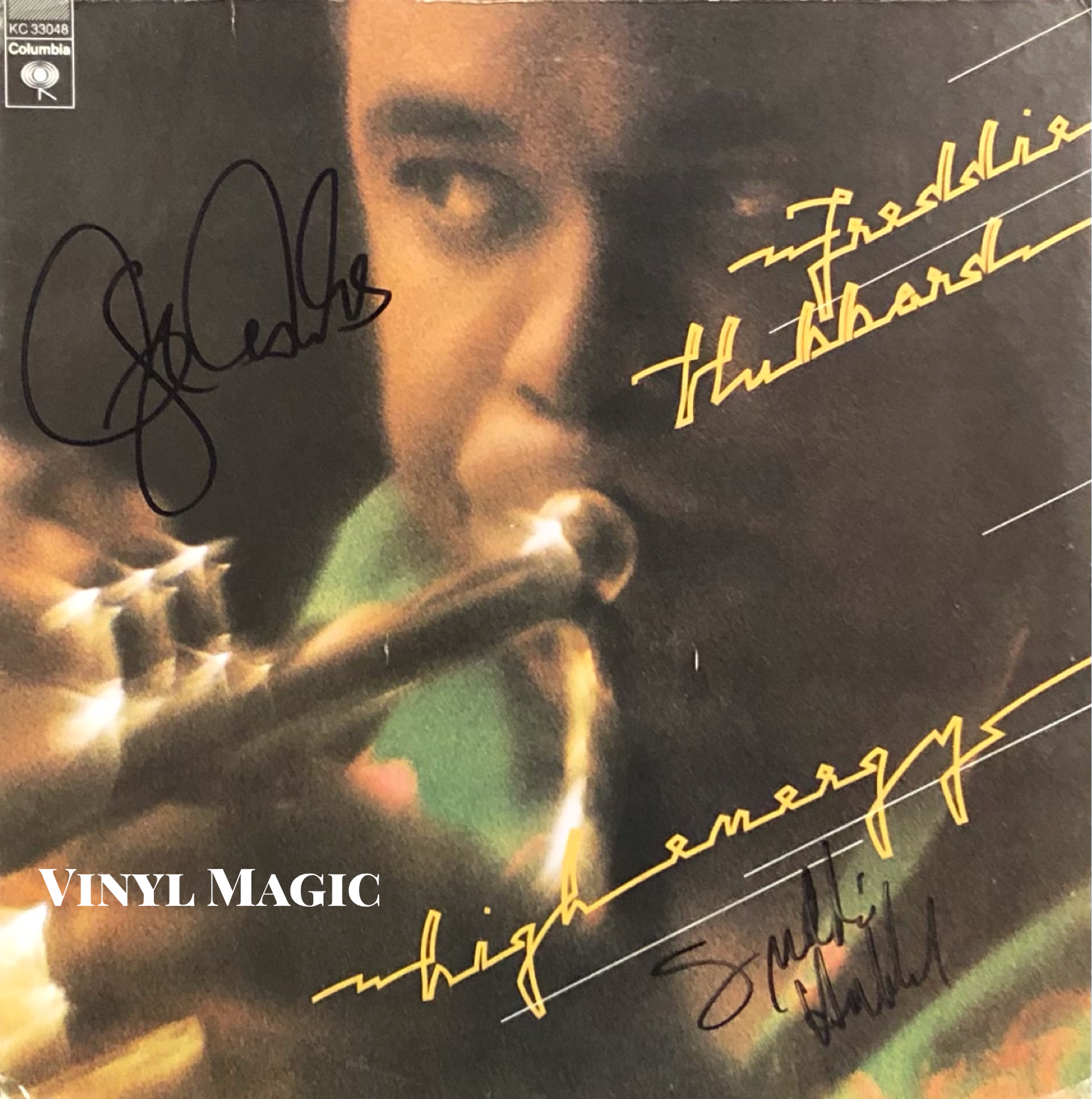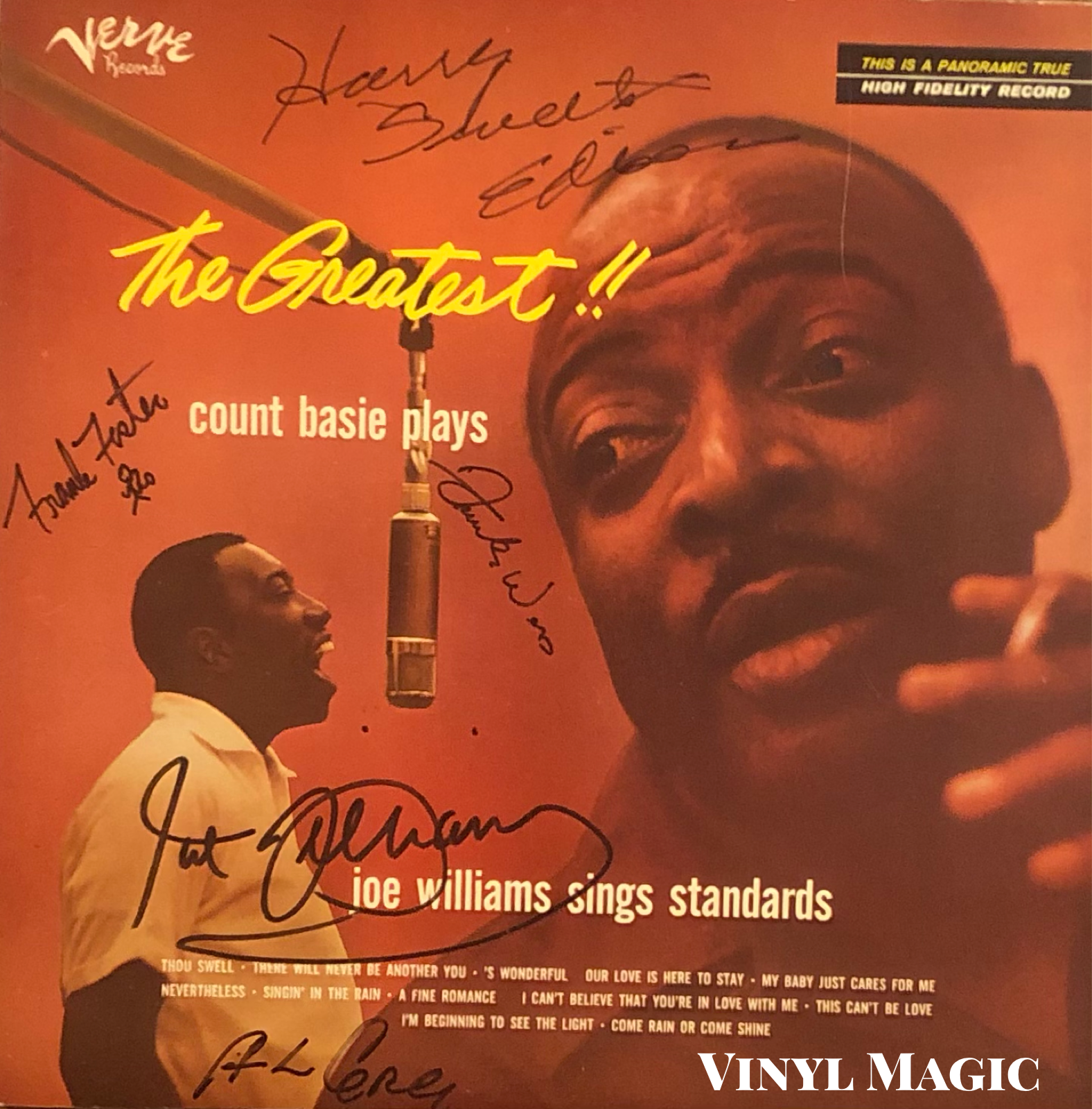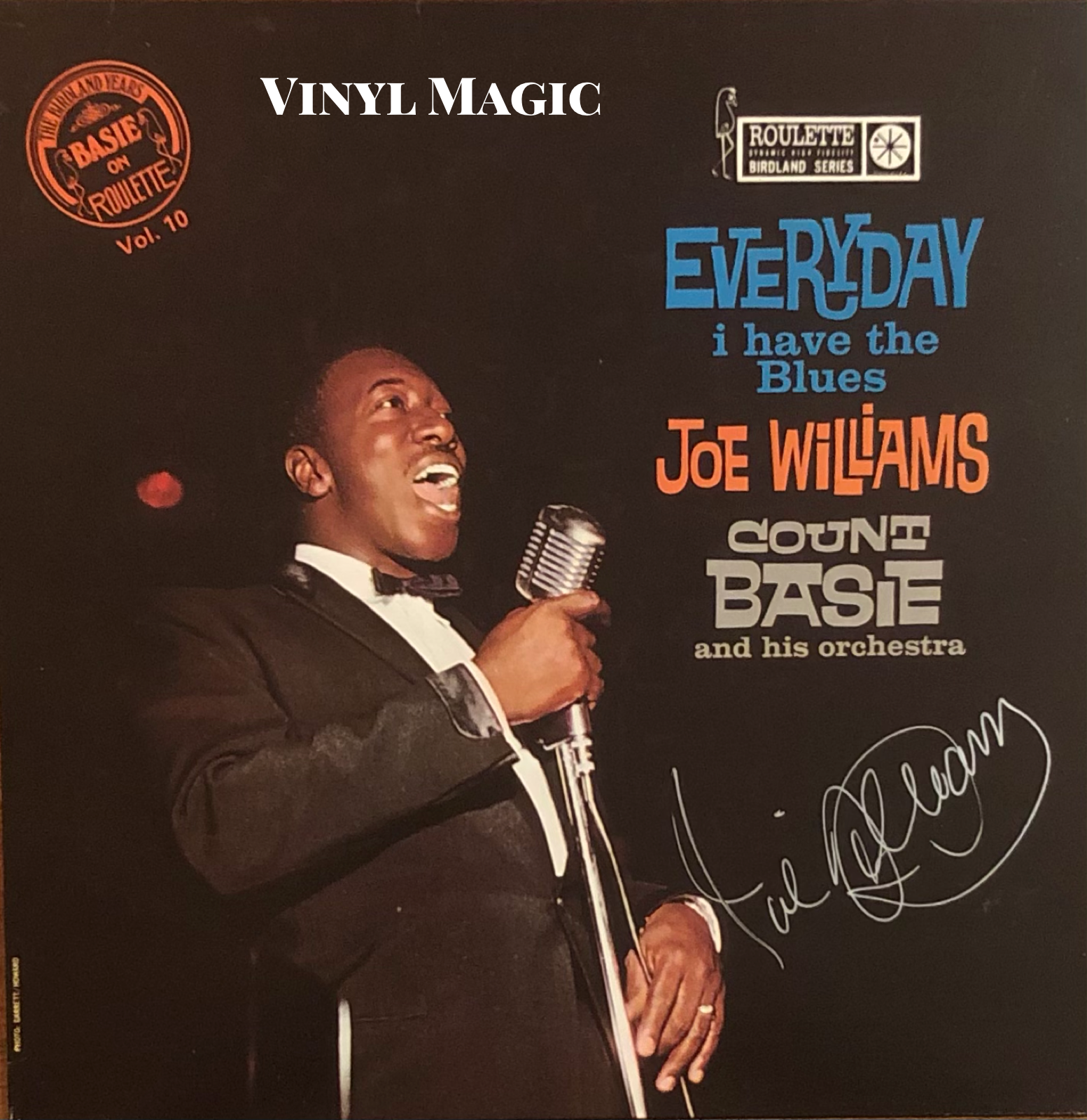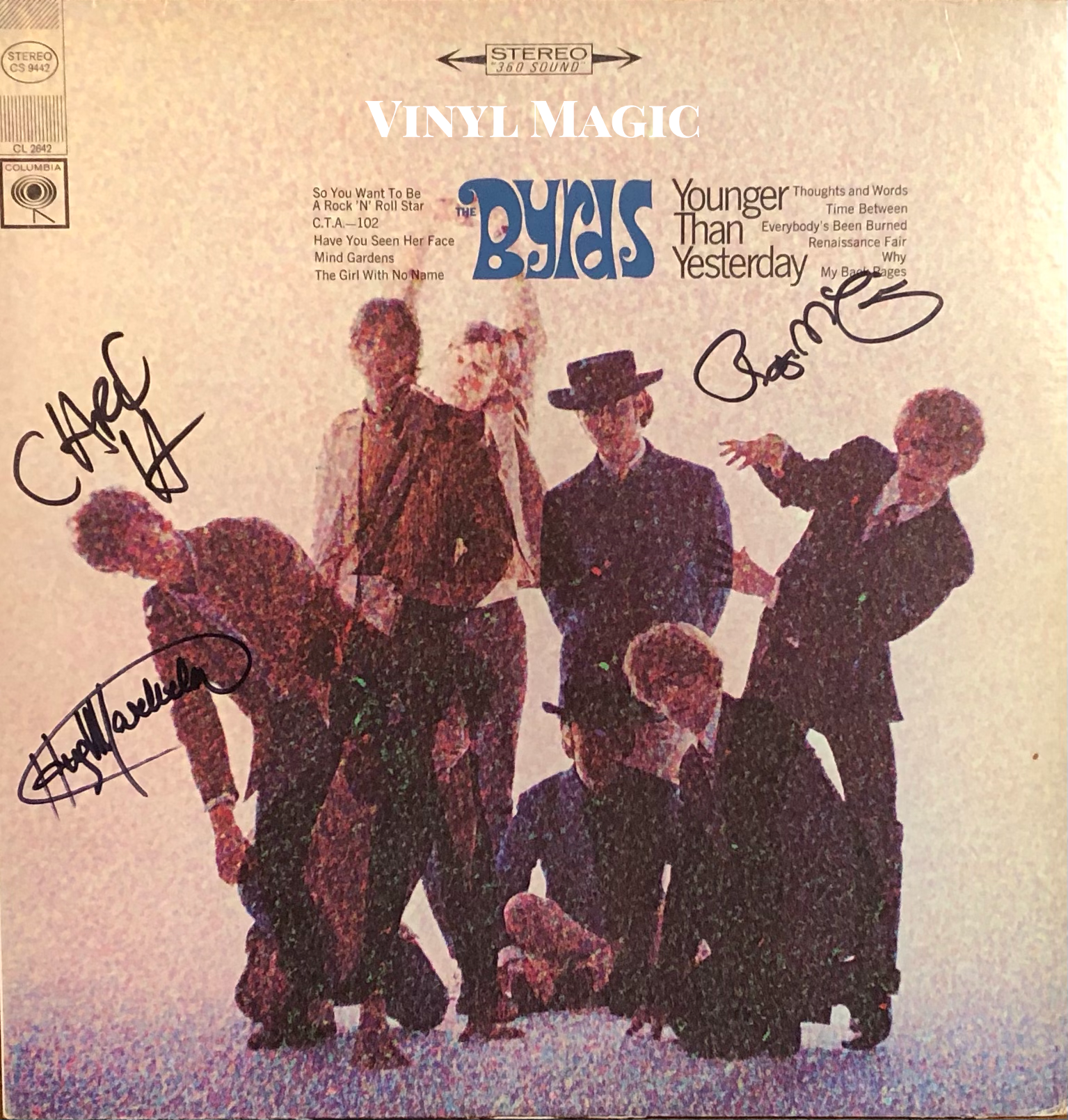Pucho, The Latin Soul Brothers and Me...
Nobody would hire a Latin bandleader named Henry Lee Brown, so I became Pucho.
Henry "Pucho" Brown
You had to play three types of music. You had to play jazz, you had to play funk, and you had to play Latin. And to find piano players and bass players that [could] do all three, was very hard in those days. I imagine it's still hard today. So guys really don't have the knowledge of all three. Some have the knowledge of one, some have the knowledge of two, but they don't have all three. So that's what our bands were about.
Henry "Pucho" Brown
My music is Latin, jazz, funk. I guess you could tie the funk in with the boogaloo. At a particular time, I think this was in the sixties, the black people, they had the music in the dance of the boogaloo. The Latins got a hold of the boogaloo, and they called it the Latin boogaloo. So I guess I got tagged with the Latin boogaloo, but cats like Joe Cuba was really responsible for the Latin boogaloo. I would think the Soul Brothers, #1, we were all black. So we understood the music, but we didn't really play authentic Latin music. Our rhythms was basically Latin, and the melodic section was basically jazzy or funk. So that made us a little different. Joe Panama was basically a Latin band. Like I said, he had Latin musicians in the band. My band, we only had one Latin musician and that was a gentlemen who was part of the Joe Panama group. He became a Soul Brother, because I took the band over.
Henry "Pucho" Brown
Henry "Pucho" Brown was born in Spanish Harlem in New York City. When he was thirteen, he saw Tito Puente perform at the Apollo Theater, and he was never the same: " When I saw Tito, he just blew me away. I was down front and he opened with 'Mambo Birdland', I'll never forget. And I said to myself, I wanna play those things that he's playing. And that was it: the timbales." After playing with Joe Panama in the 1950s, Pucho became the bandleader of Pucho and The Cha Cha Boys, which became Pucho and The Latin Soul Brothers. They released some terrific Latin boogaloo albums in the 1960s but never got the buzz or acclaim that Mongo Santamaria or Willie Bobo received, despite attracting young talent like Chick Corea, Hubert Laws and Sonny Henry (the guitarist who wrote "Evil Ways", an early hit for Santana). Unfortunately, it was talent that Pucho was unable to retain, as he explained, "They used to raid my band, because I wasn't a big star or nothing like that. They was making more money than I was, so a lot of musicians came out of my band and went to Willie Bobo and Mongo Santamaria.”
From 1974 until 1993, Pucho spent time in exile in the Catskills, playing the cavernous ballroom of The Raleigh, a hallowed family destination and borscht belt favorite. And no, Pucho did not put Baby in the corner! He played other hotels "in the mountains" but he was nonplussed about it because he was happy to perform. When asked about the hotel circuit, Pucho replied, "Everybody enjoyed us. As a matter of fact, I did a wedding reception in New York, that's Bobby Short's house (The Carlyle). The musicians came from downstairs upstairs to listen to my band. The maitre d said that he's been at that hotel for close to 20 years, and he has never seen Bobby Short’s musicians come upstairs to listen to another band. I felt very honored. I was on a job at one of the hotels I was playing, I had my singer, Amanda, singing with me, and Lionel Hampton was appearing on the show that night. He went on to rehearse just before we went on. And after his rehearsal, we start playing. And he was in the wings of the stage and he stayed there for half an hour--didn't move, just listening. So with greats like that, that makes me feel very honored that they listen to my music."
Not only did musicians listen, a new generation sampled Pucho's funky syncopated Latin beats including The Chemical Brothers, Beastie Boys and DJ Spooky introducing Pucho's songs and rhythms to an ever widening circle of enthusiasts. In 2003, Henry "Pucho" Brown was inducted into the International Latin Music Hall Of Fame, the only African-American other than Dizzy Gillespie to achieve this well deserved, prestigious honor.
In 2004, Erin and I saw Pucho and The Latin Soul Brothers at the Iridium in New York City. A small venue with one hundred-fifty seats, Pucho and his ten piece band were a joyful noise and when the rhythms started percolating, it was a wall of sound and sensuous grooves. Trombone, trumpet and saxophone comprised a formidable horn section on the back line, while Pucho and his percussionists were staged upfront, like his hero, Tito Puente. They played infectious and danceable covers, including James Brown’s "Sex Machine", Marvin Gaye’s “Trouble Man", The O’Jays' "For The Love Of Money" as well as traditional Latin songs. It was a combustible, potent brew that got the juke joint jumpin' at the intersection of Funk, Soul, Jazz, and Latin.
After the show, I met Pucho. He was warm and gregarious, a big man with a bigger sound. He was happy to sign albums, CDs, promo pictures etc. He smiled when I handed him Tough!, his first vinyl release in 1966. He remarked how thin and handsome he appeared on the cover. As he signed The Hideout, a 2004 CD release, I mentioned how much I loved his cover of the Tito Puente 1952 classic "El Albaniquito." I told him that I was unsure of the lyrics and I had consulted my good friend, Scobie Hall, a master in all things Latino, on the meaning of "Bobo pweenee" which is recited over and over in the song. Scobie did not know the exact meaning but thought it was a colloquial term of endearment. I asked Pucho to confirm. He looked me right in the eyes, "I have no idea what you're talking about. I have never spoken Spanish in my life." I was dumbfounded. ""Neither do I", I stammered. I guess the great Pucho was more of a Soul than Latin brother. No matter, his grooves sounded great and he has a legacy of poppin' dance jams. In any language.
Pucho and The Latin Soul Brothers, a delicious Latin, Funk, Jazz, Soul stew.
See you on the dance floor!
Choice Pucho Cuts (per BK's request)
https://www.youtube.com/watch?v=C2Fx_V_lnHU
"El Albaniquito"
https://www.youtube.com/watch?v=gKEgeQdY-44
"Sex Machine"
https://www.youtube.com/watch?v=dKdIxn2IHtA
"Cantaloupe Island"
https://www.youtube.com/watch?v=KImZsZNvk6Y
"Descarga on Los Palmas"
https://www.youtube.com/watch?v=UNVk2cq3paQ
"Goldfinger"
https://www.youtube.com/watch?v=U8mRpVJ3wSg
"Got Myself A Good Man"
https://www.youtube.com/watch?v=Q9IngPskB-0
"Negotiation Limerick File" Beastie Boys sample "Got Myself A Good Man"
https://www.youtube.com/watch?v=fezpqmpjd5A&list=RDfezpqmpjd5A
"Albaniquito" - Tito Puente (1952)

